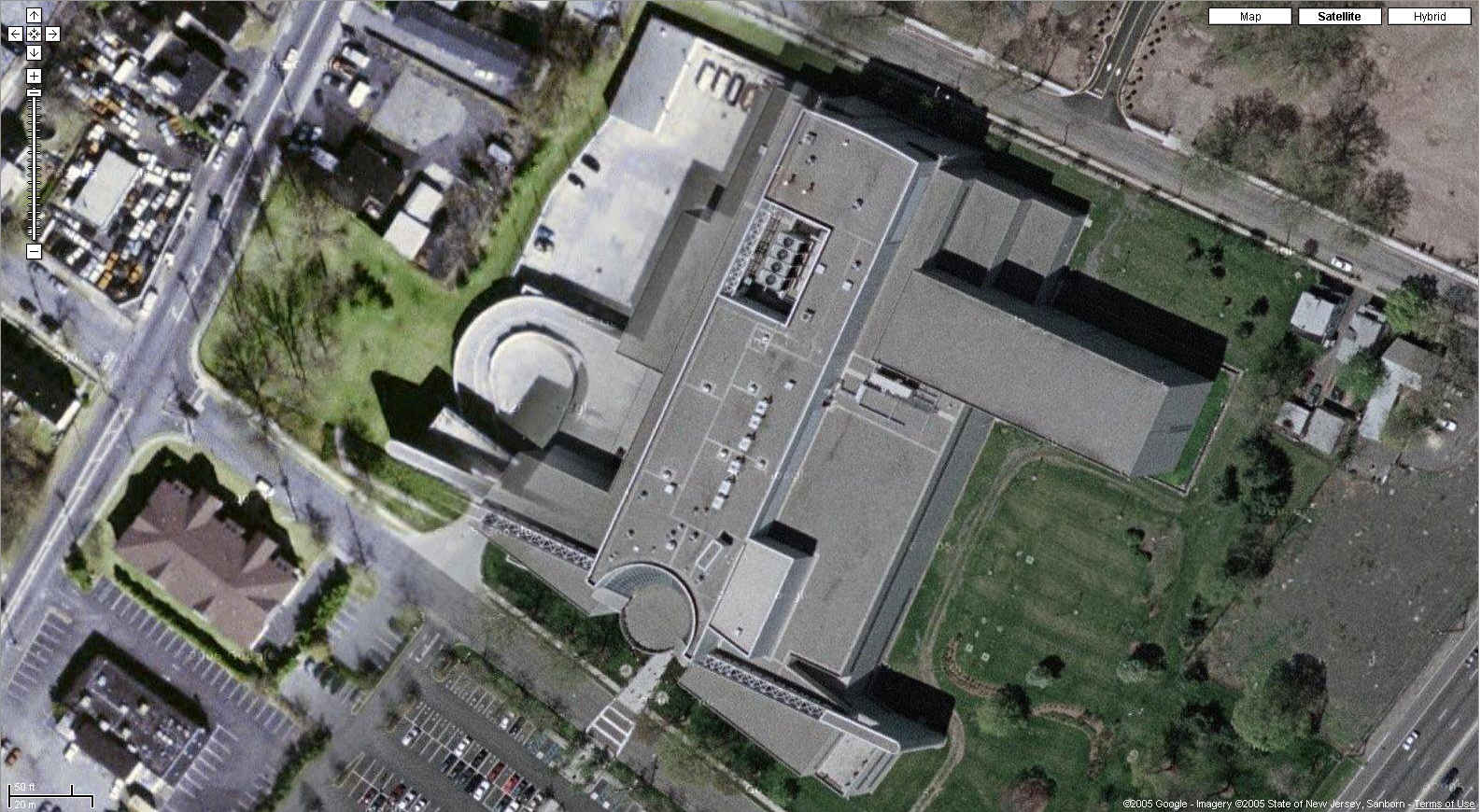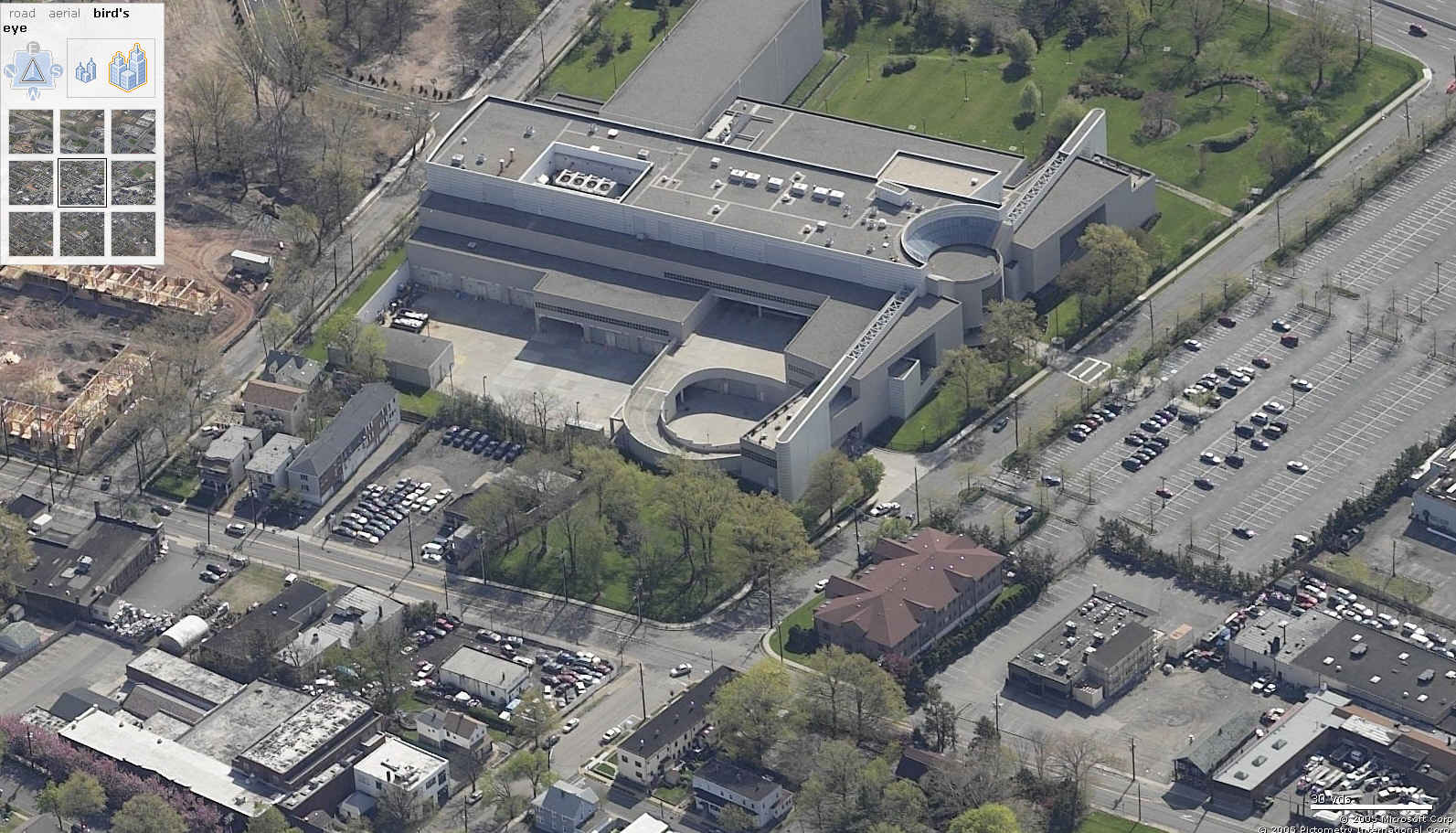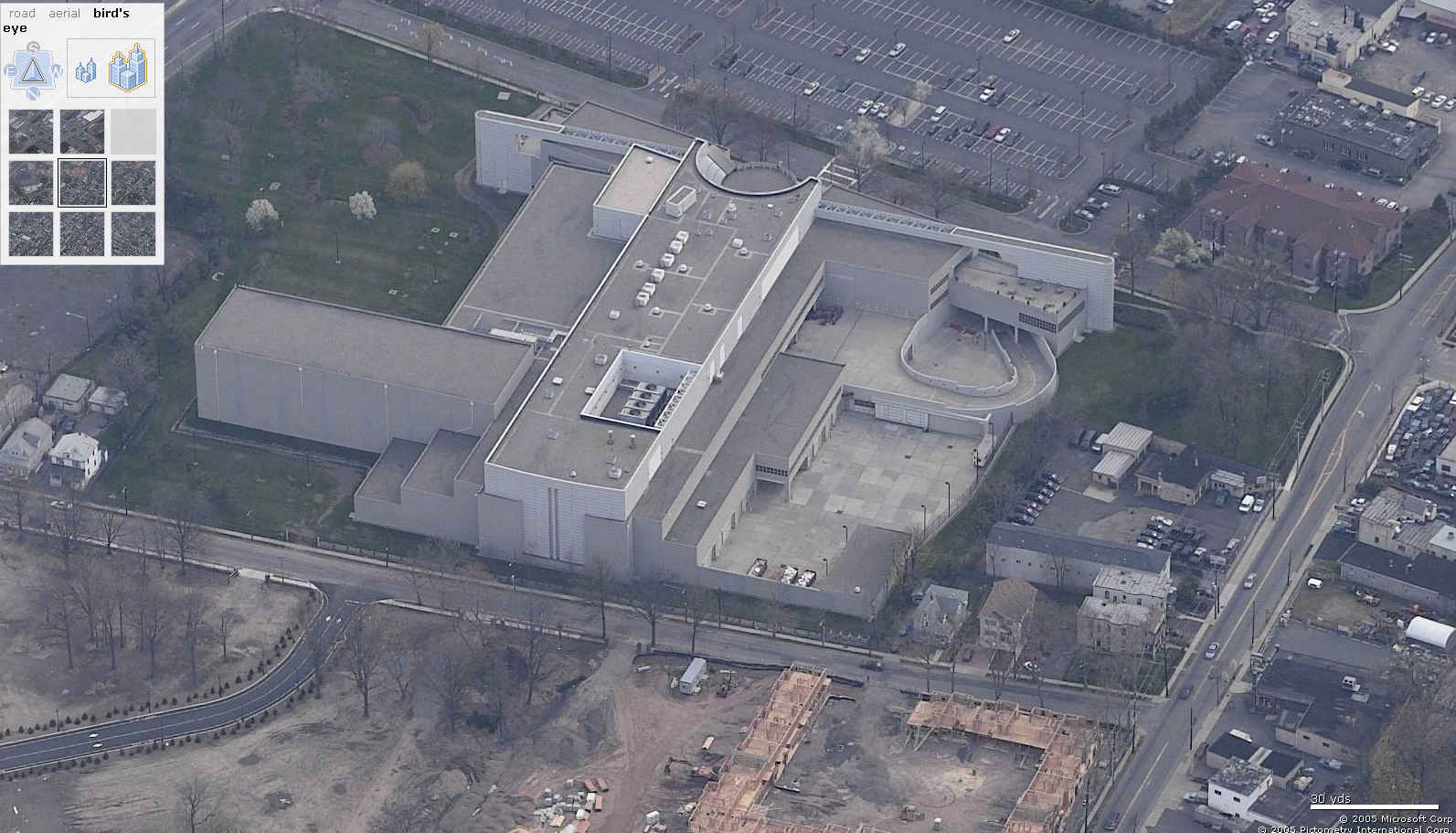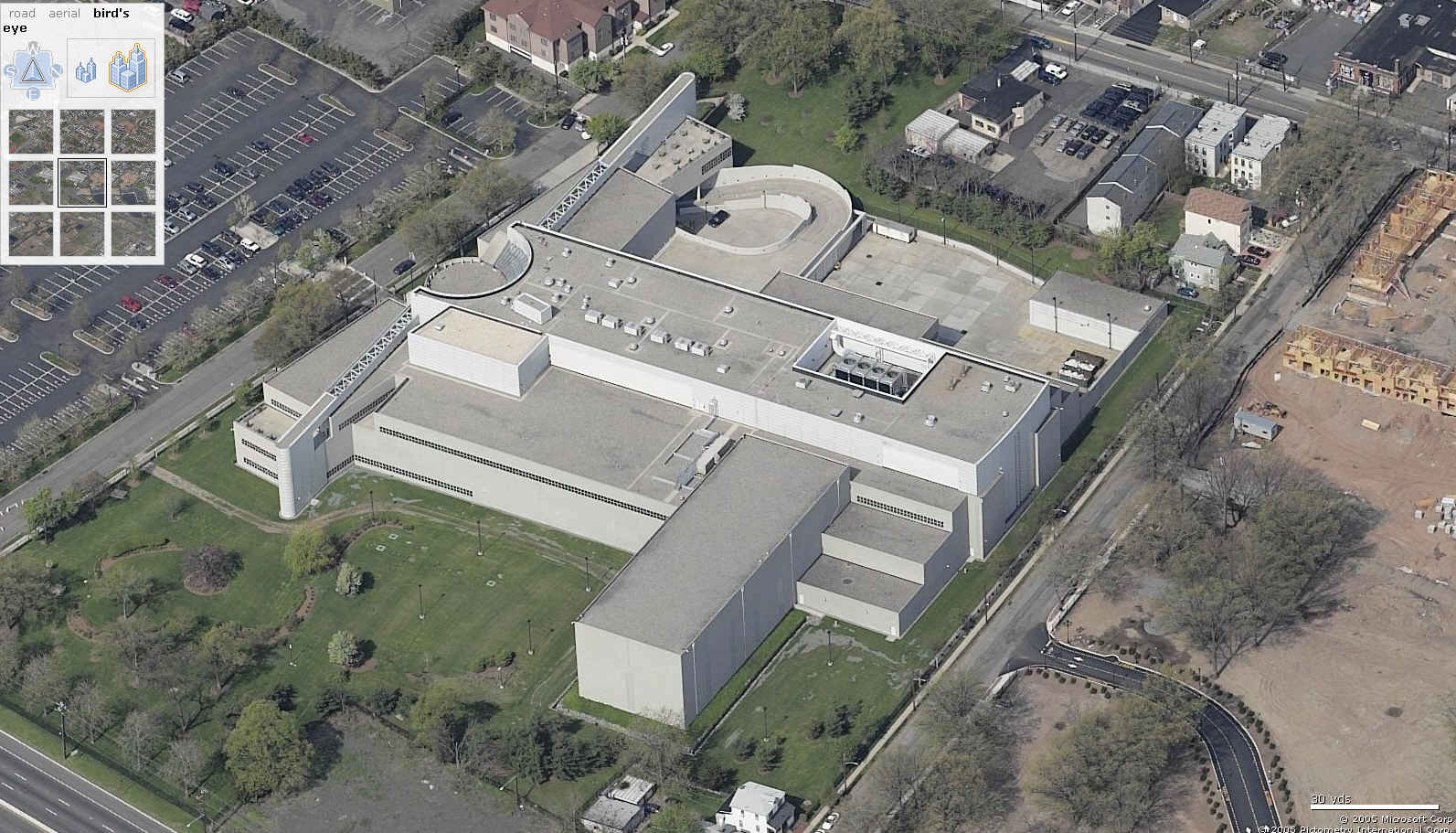| The gold stored at the Federal Reserve Bank of New York is secured in
a most unusual vault. It rests on the bedrock of Manhattan Island —
one of the few foundations considered adequate to support the weight of the
vault, its door, and the gold inside — 80 feet below street level and
50 feet below sea level. In mid - 2004, the Fed’s vault contained roughly
266 million troy ounces of gold (1 troy oz. is 1.1 times as heavy as the
avoirdupois ounce, with which we are more familiar), representing 25 to 30
percent of the world’s official monetary gold reserves. At the time,
the vault gold’s value was $9.5 billion at the official U.S. Government
price of $42.2222 per troy ounce, or about $90 billion at the market price
of $400 an ounce. At the current official U.S. Government price, one of the
vault’s gold bars (approximately 27.4 pounds) is valued at about $17,000.
At a $400 market price, the same bar is worth about $160,000.
Foreign governments and official international organizations store their
gold at the Federal Reserve Bank of New York because of their confidence
in its safety, the convenient services the Bank offers, and its location
in one of the world’s leading financial capitals. Confidence results
from the Bank’s being part of the Federal Reserve System — the
nation’s central bank and an independent governmental entity. The political
stability and economic strength of the United States, as well as the physical
security provided by the Bank’s vault, also are important factors.
Convenience comes from the fact that the Federal Reserve Bank of New York,
in addition to handling foreign financial transactions for the U.S. Department
of the Treasury and the Federal Reserve System, executes many other financial
transactions in the United States for foreign central banks. The attractiveness
of the Bank’s geographic location is that gold deposited in the trade
and financial capital of the world’s largest economy enables countries
to engage in transactions of all sizes easily, quickly, and inexpensively.
Storing almost $90 billion of gold makes extensive security measures mandatory
at the New York Fed. An important measure is the background investigation
required of all Bank employees. Continuous supervision by the vault control
group also prevents problems from arising by ensuring that proper security
procedures are followed. The Bank and its vaults are secured by the Bank’s
own uniformed protection force. Periodically, each guard must qualify with
a revolver on the Bank’s firing range. Although the minimum requirement
is a marksman’s score, most qualify as experts. In addition, the
Bank’s guards must be proficient with other weapons.
Security also is provided by closed-circuit television monitors and by an
electronic surveillance system that alerts the central guardroom when a vault
door is opened or closed. The alarm system can signal guards to seal all
security areas and Bank exits, which can be closed within seconds. The gold
also is secured by the vault’s design, which is a masterpiece of protective
engineering. The vault is actually the bottom floor of a three-story bunker
of vaults arranged like strongboxes stacked on top of one another. The massive
walls surrounding the vault are made of a steel-reinforced structural concrete.
There are no doors into the gold vault. Entry is through a narrow ten-foot
passageway cut in a delicately balanced, nine-feet-tall, 90-ton steel cylinder
that revolves vertically in a 140-ton, steel-and-concrete frame. The vault
is opened and closed by rotating the cylinder 90 degrees. An airtight and
watertight seal is achieved by lowering the slightly tapered cylinder
three-eighths of an inch into the frame, which is similar to pushing a cork
down into a bottle. The cylinder is secured in place when two levers insert
large bolts, four recessed in each side of the frame, into the cylinder.
By unlocking a series of time and combination locks, Bank personnel can open
the vault the next business day. The locks are under “multiple
control” — no one individual has all the combinations necessary
to open the vault. The weight of the gold — just over 27 pounds per
bar — makes it difficult to lift or carry and obviates the need to search
vault employees and visitors before they leave the vault. Nor do they have
to be checked for specks of gold. Gold is relatively soft, but not so soft
that particles will stick to clothing or shoes, or can be scraped from the
bars. The Bank’s security arrangements are so trusted by depositors
that few have ever asked to examine their gold.
![[Image]](frbny-02.jpg)
![[Image]](frbny-03.jpg)
![[Image]](frbny-04.jpg)
![[Image]](frbny-05.jpg) |











![[Image]](frbny-01.jpg)
![[Image]](frbny-02.jpg)
![[Image]](frbny-03.jpg)
![[Image]](frbny-04.jpg)
![[Image]](frbny-05.jpg)






